The Lost City of Atlantis
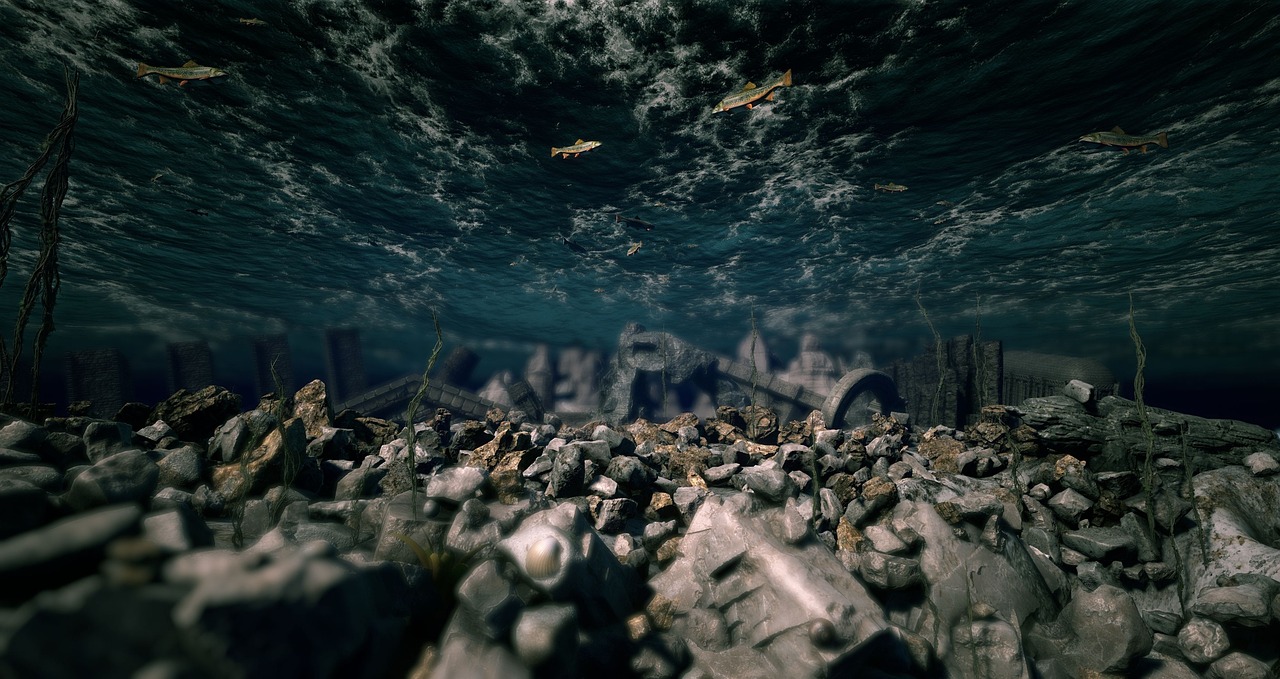
The myth of Atlantis has intrigued people for centuries, a tale spun by the philosopher Plato about an advanced civilization that vanished beneath the waves. According to his accounts, Atlantis was a powerful island nation that disappeared overnight. Although no physical proof has been discovered, theories abound, suggesting it could have existed in the Mediterranean or even Antarctica. The mystery of Atlantis continues to captivate explorers and scholars, prompting endless searches for evidence. Its allure is such that it remains a focal point in popular culture, with books and movies dedicated to its legend. Atlantis is a travel destination that lives on in the imagination, even if it never physically existed.
The Kingdom of Aksum
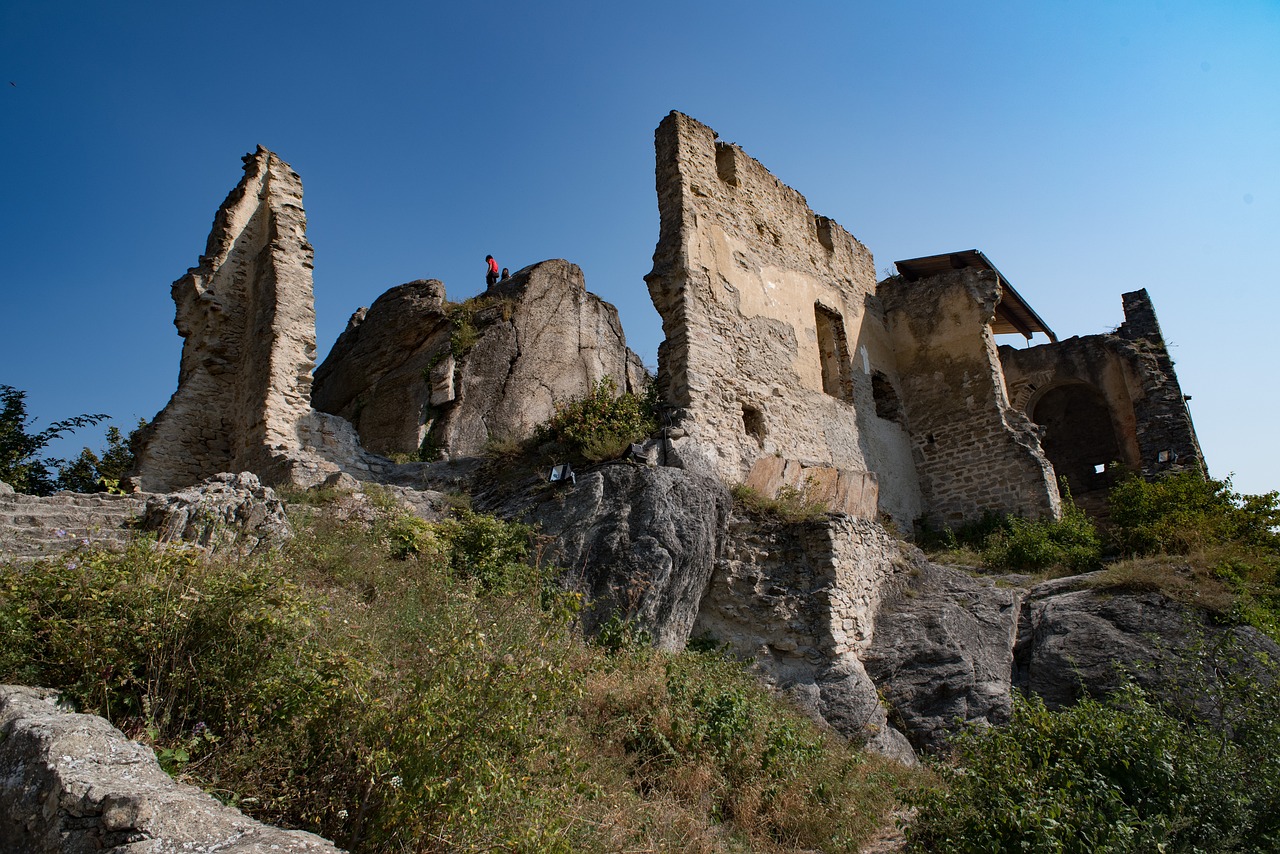
Nestled in what is now Ethiopia, the Kingdom of Aksum was a powerhouse of trade and culture from the 1st to the 7th centuries AD. Known for its towering obelisks and early adoption of Christianity, Aksum was a beacon of civilization. However, climate changes and shifts in trade routes led to its decline, leaving behind ruins that whisper tales of its glory. Today, these remnants are protected as a UNESCO World Heritage site, drawing those eager to delve into its rich history. The ruins serve as a silent testament to the once-thriving kingdom, offering a glimpse into a past that has faded into obscurity.
The City of Pompeii
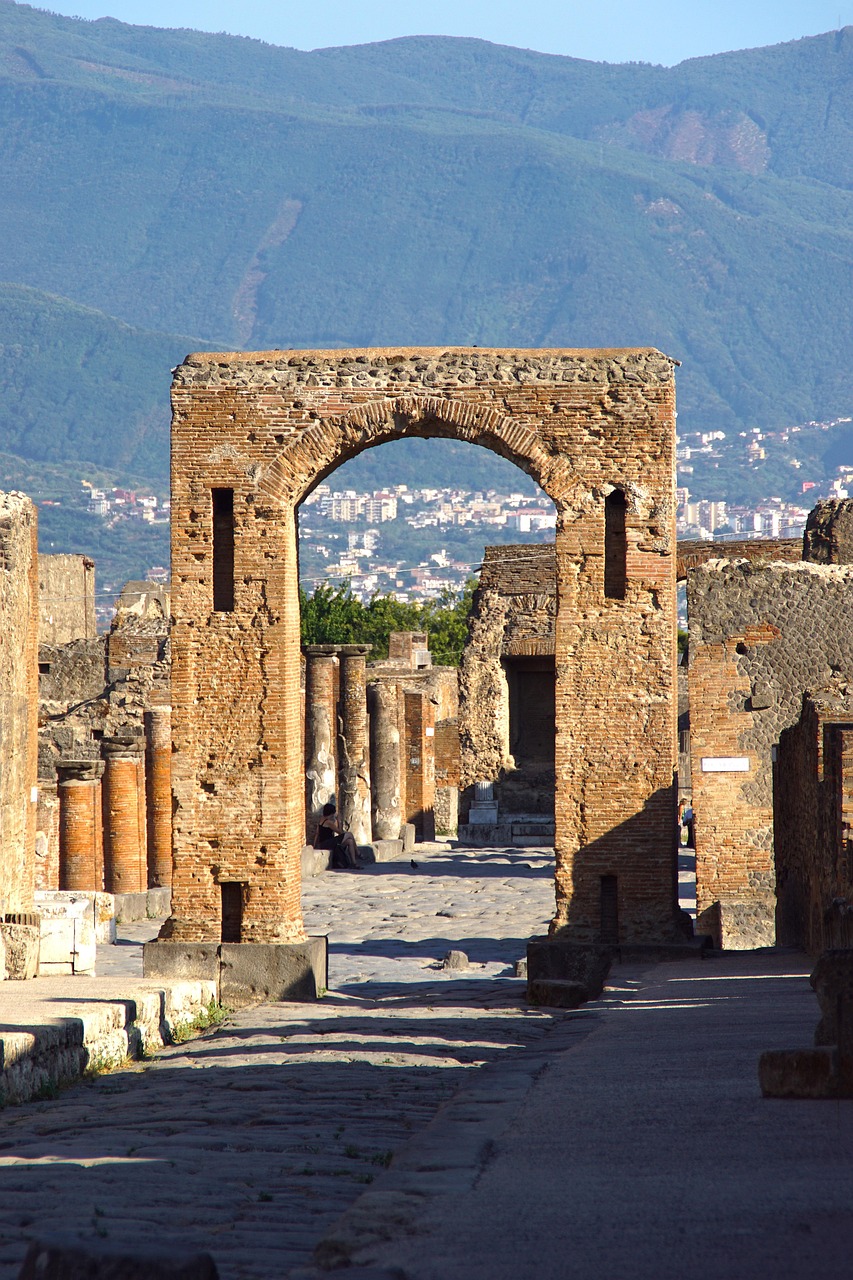
Pompeii, a Roman city frozen in time, met its untimely end in 79 AD when Mount Vesuvius erupted violently. Ash and pumice covered the city, preserving it for nearly 1,700 years until its rediscovery. Now a renowned archaeological site, Pompeii offers a unique look into Roman life, with homes, temples, and even a marketplace still intact. Walking through its streets is like stepping back in time, a poignant reminder of the fragility of life. Tourists flock to Pompeii, eager to explore its well-preserved ruins and to feel the weight of history beneath their feet.
The Great Zimbabwe

Great Zimbabwe, once the heart of the Kingdom of Zimbabwe, flourished from the 11th to the 15th centuries. The city is famed for its massive stone structures, including the enigmatic Great Enclosure. However, economic hardship and resource depletion led to its desertion. Today, its ruins stand as a UNESCO World Heritage site, celebrating the architectural prowess of its builders. Visitors marvel at the ingenuity of the ancient city, pondering the lives of those who once called it home. Great Zimbabwe’s legacy endures, a testament to a civilization that once thrived in the southern African landscape.
The Lost City of Petra
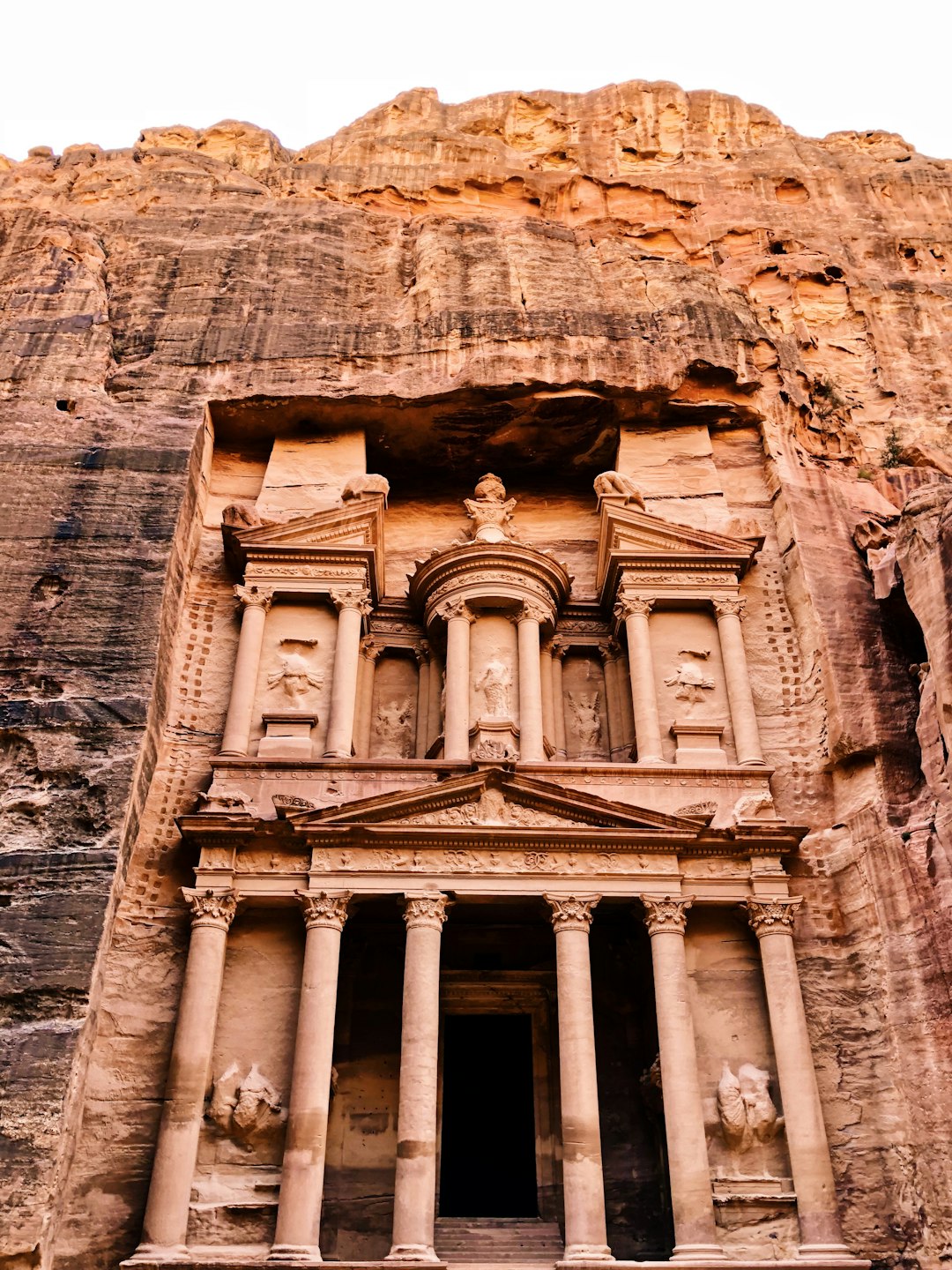
Carved into the rose-red cliffs of modern-day Jordan, Petra was a bustling center of commerce for the Nabataean people. Its rock-hewn architecture and intricate water systems made it a marvel of its time. Abandoned in the 7th century due to shifting trade routes and tremors, Petra was lost to the West until 1812. Now recognized as one of the New Seven Wonders of the World, its allure is undeniable. Tourists are drawn to its breathtaking beauty and historical importance, wandering through its canyons and exploring its ancient facades.
The Island of Thera (Santorini)
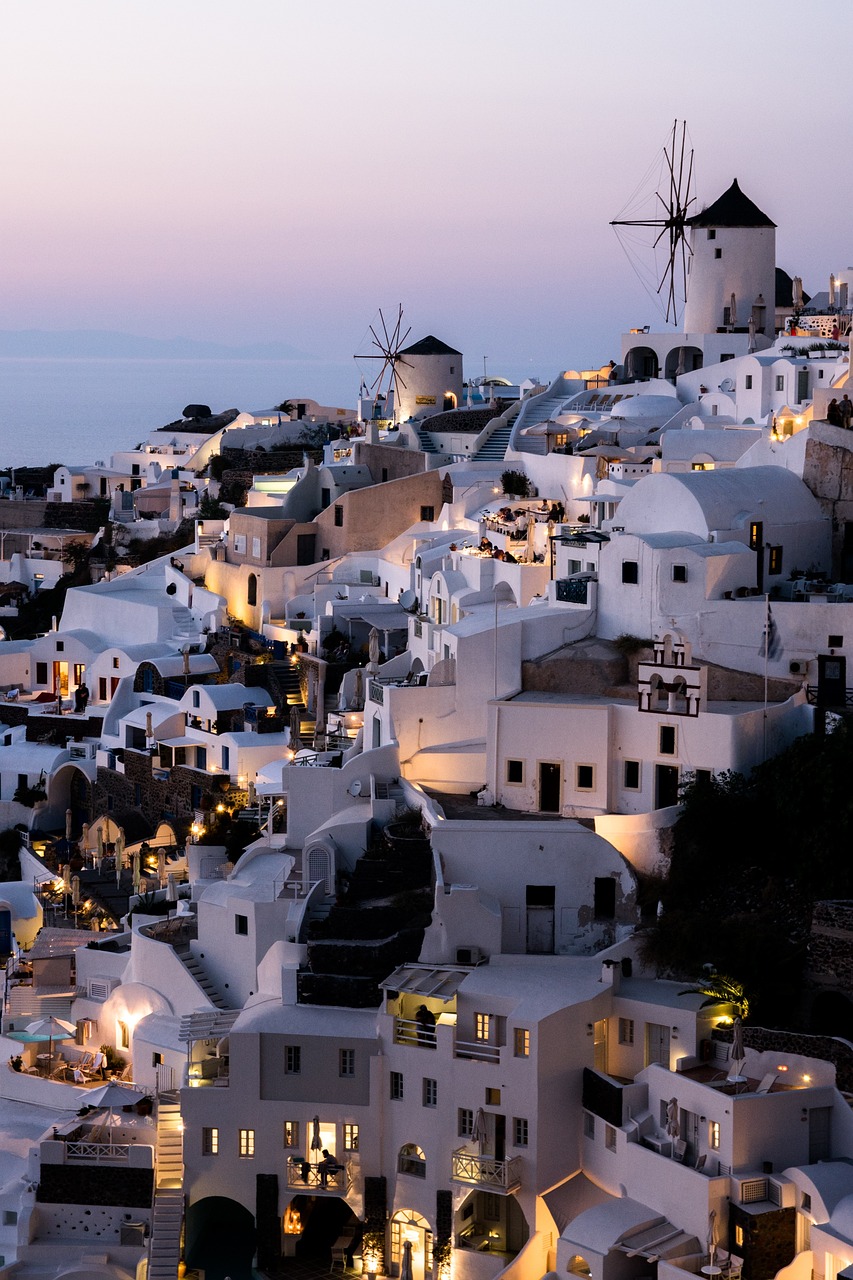
Once part of the Minoan civilization, Thera, now known as Santorini, was reshaped by a colossal volcanic eruption around 1600 BC. The explosion led to the collapse of Minoan society and submerged parts of the island. The ruins of Akrotiri, a Minoan settlement, reveal the sophistication of this ancient culture. Today, Santorini is a premier tourist destination, famous for its stunning sunsets and distinctive architecture. Despite its tumultuous past, it stands as a testament to resilience, drawing visitors from all over the world.
The City of Cahokia
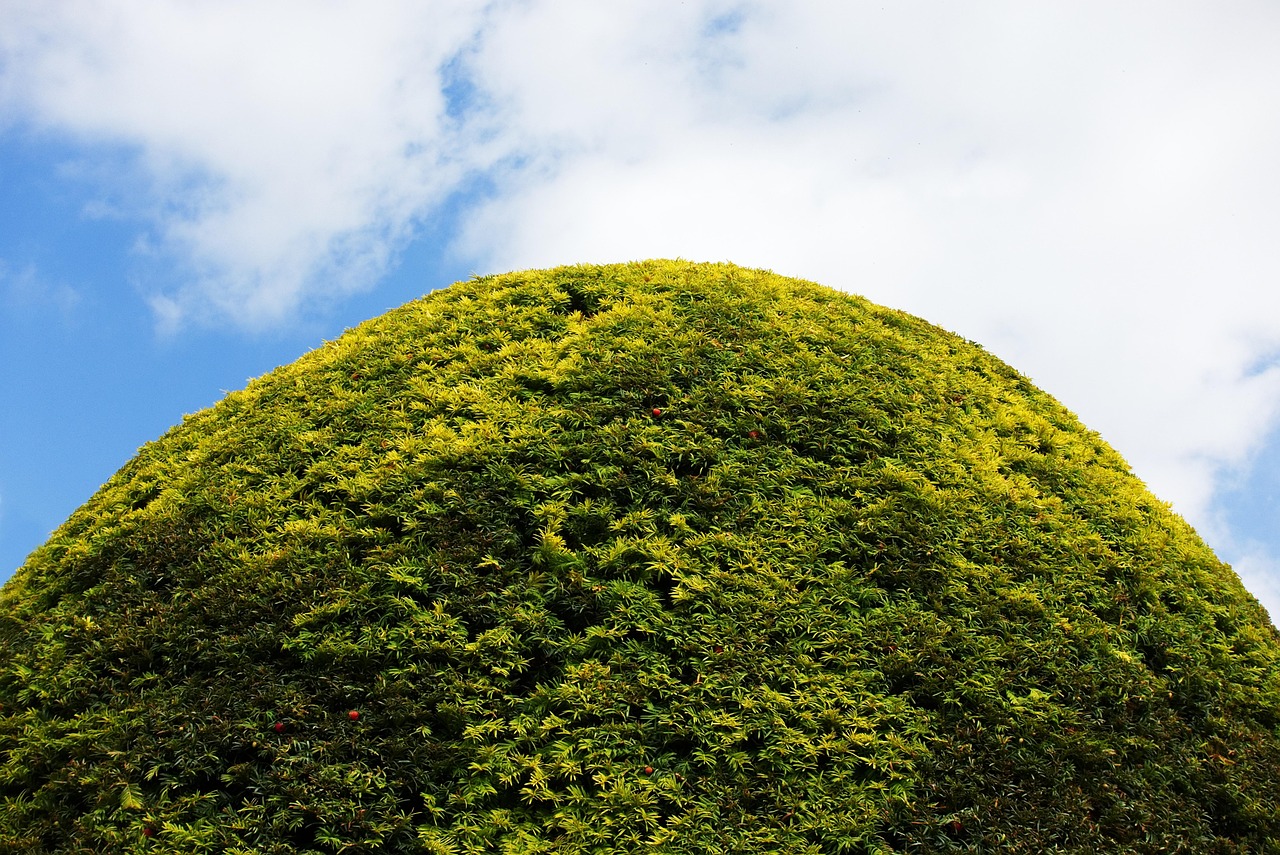
Cahokia, a pre-Columbian Native American city near present-day St. Louis, Missouri, was a bustling urban center around 1100 AD. With a population rivaling major European cities, it boasted large earthen mounds, including the iconic Monk’s Mound. Environmental challenges and social upheaval led to its decline, leaving behind a mysterious legacy. Today, Cahokia is a UNESCO World Heritage site, preserving its rich history for future generations. The site invites exploration and reflection, offering insights into a society that once thrived on the banks of the Mississippi River.
The Lost City of Machu Picchu
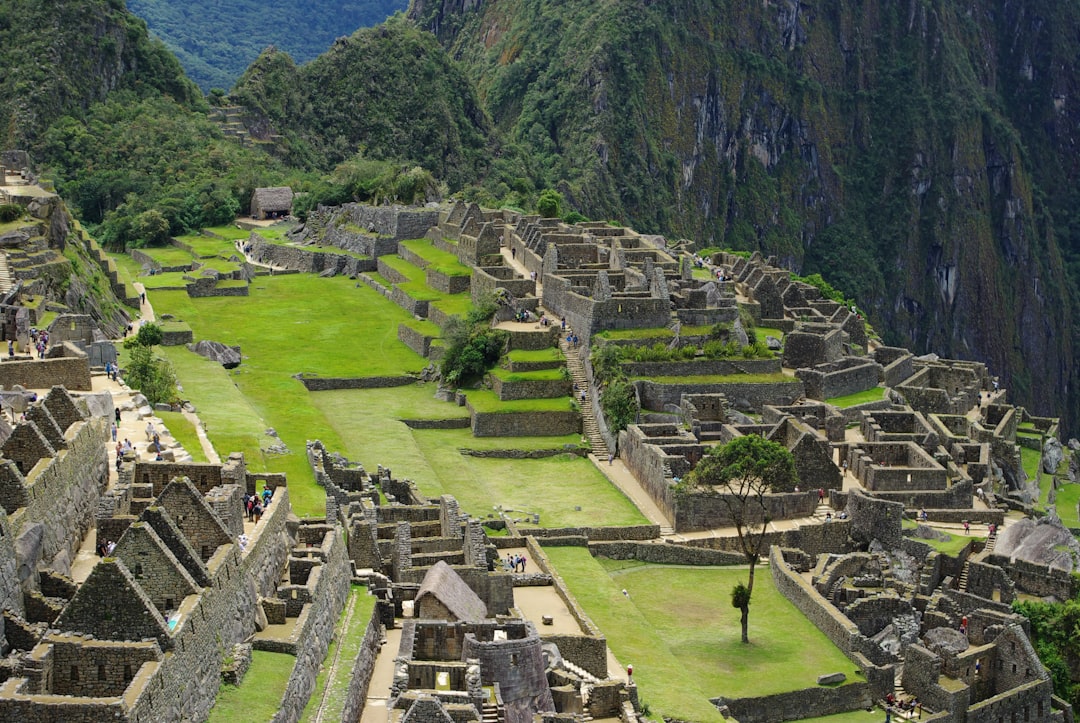
Machu Picchu, perched high in the Andes, was rediscovered in 1911 by Hiram Bingham, though it was never truly lost to the indigenous people. Abandoned during the Spanish conquest, it fell into obscurity until its rediscovery. Now a UNESCO World Heritage site, it is one of Peru’s most visited attractions. Tourists flock to experience its stunning vistas and rich history, marveling at the ingenuity of the Incan civilization. Machu Picchu stands as a symbol of resilience, a city that continues to inspire awe and wonder.
The City of Tikal
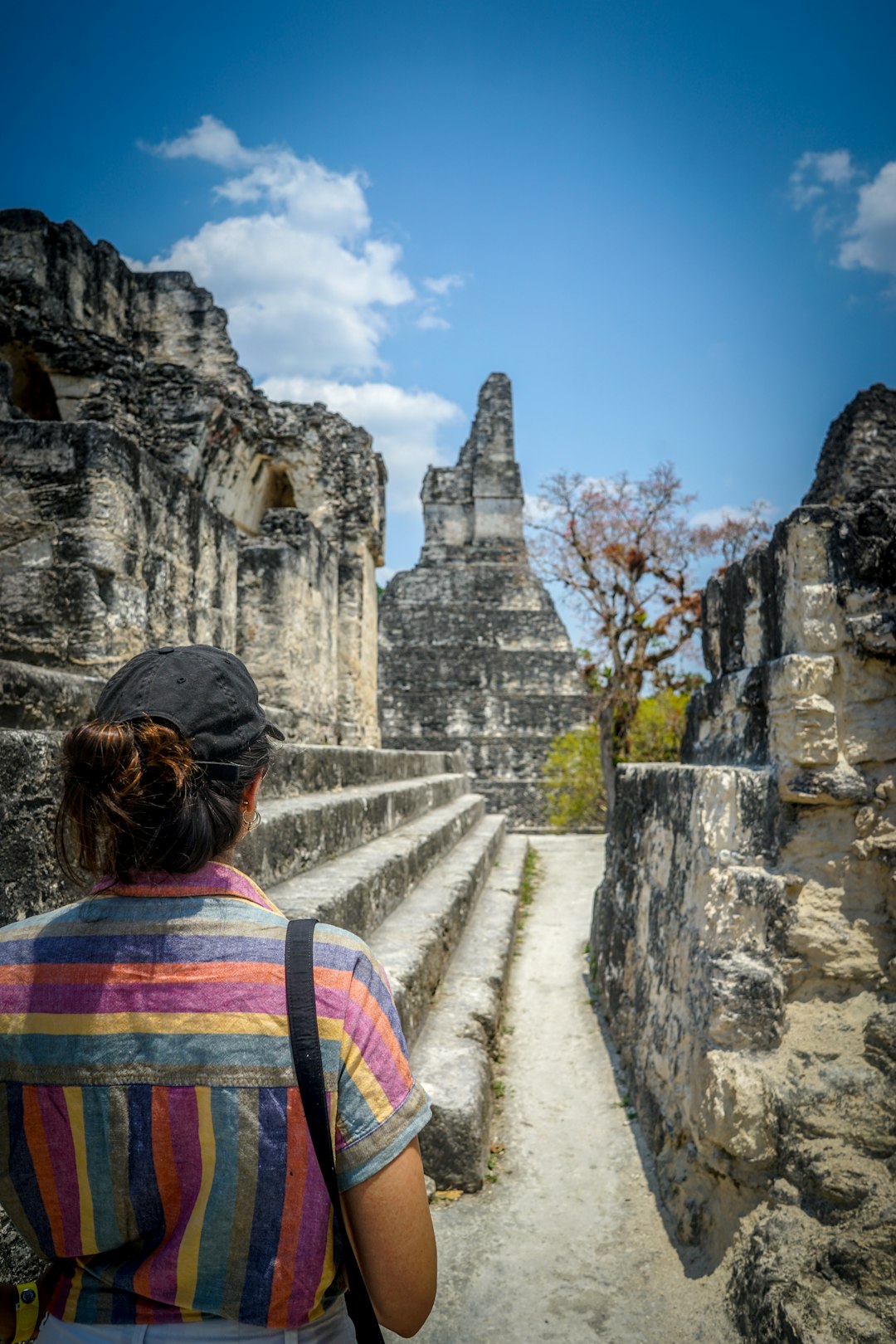
Tikal, a powerhouse of the ancient Maya world, thrived in what is now Guatemala between 200 and 900 AD. Its grand pyramids and temples stand as a testament to the Mayan civilization’s architectural mastery. Environmental degradation and warfare led to its eventual abandonment, yet its legacy endures. Today, Tikal is a UNESCO World Heritage site, drawing those eager to uncover the secrets of the Maya. The ruins offer a glimpse into a vibrant past, inviting exploration and discovery.
The Lost City of El Dorado
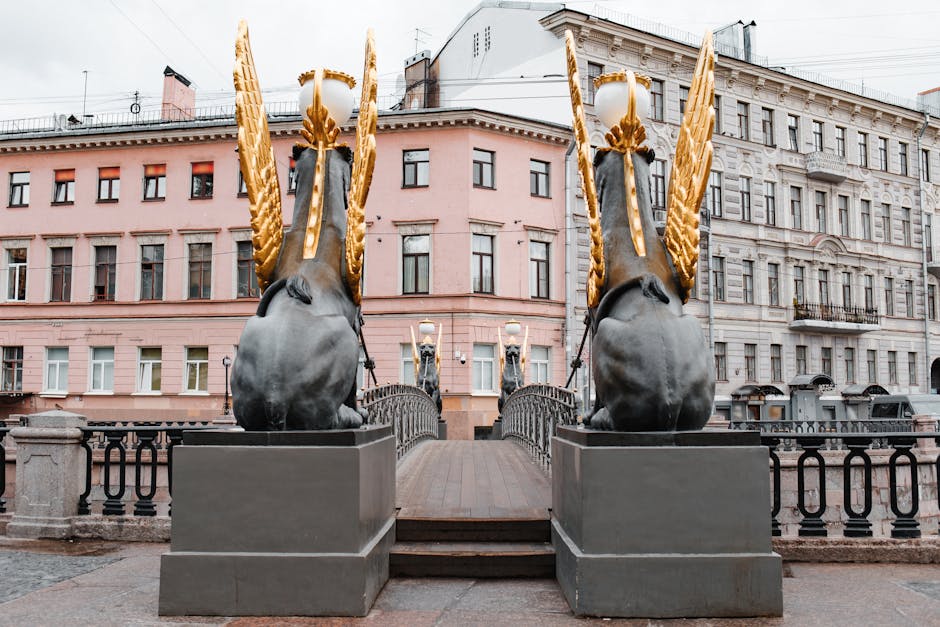
El Dorado, the fabled “City of Gold,” has been the subject of endless quests and legends. While never an actual city, the myth captivated explorers, spurring expeditions into South America’s dense jungles. The allure of a city brimming with gold and riches fueled exploration, though no evidence has ever been found. Despite this, the legend of El Dorado continues to intrigue adventurers and historians, a story that refuses to fade. It stands as a symbol of the human spirit, ever curious and driven by the promise of discovery.
